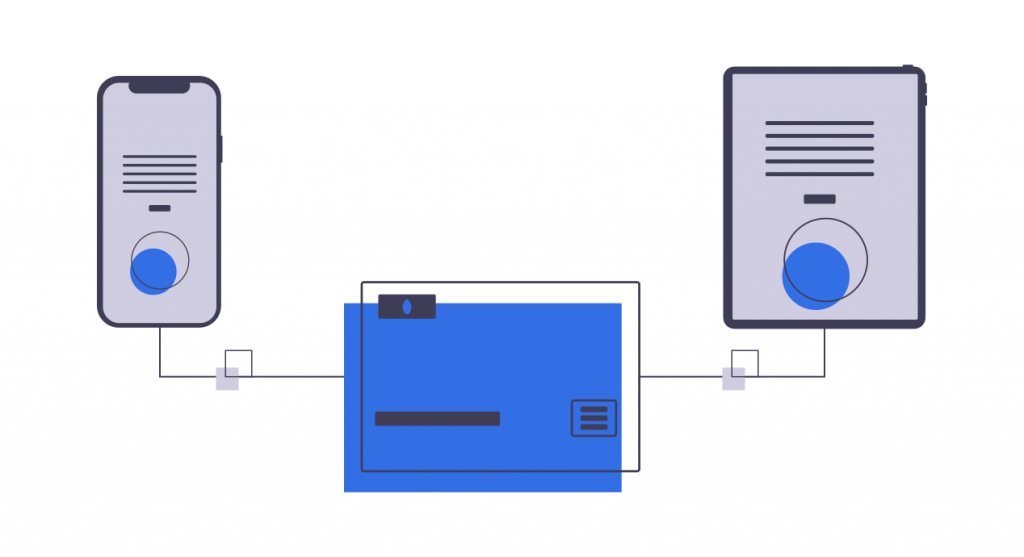What is TCP
Have you ever come across the term TCP (Transmission Control Protocol) while setting up your wireless network at home or at the office? The term might sound complicated, but it’s relatively easy to understand what stands behind it. The TCP protocol is one of the standards of communication that allow application programs and devices to communicate over the network. TCP is also used to transfer data packages over the internet from one network to another.
It wouldn’t be an exaggeration to say that Transmission Control Protocol is the backbone of the Internet as we know it. Defined by the IETF (Internet Engineering Task Force) and part of its standards, the TCP is among the most common protocols for end-to-end data delivery.

How does TCP work?
In the most basic terms, TCP organized the data packages so that they can be transferred between a server and a client. The most important task that TCP accomplishes is to guarantee the integrity of these packages during transportation. As such, all high-level data transfer protocols really use TCP as the basis of their operations. From peer-to-peer sharing protocols to IMAP (Internet Message Access Protocol), HTTP (Hypertext Transfer Protocol), and everything in between needs TCP to operate. With the integration of TCP/IP optimization, it’s possible to avoid overloading of a network and data congestion, which ensures a fast, reliable networking experience.
